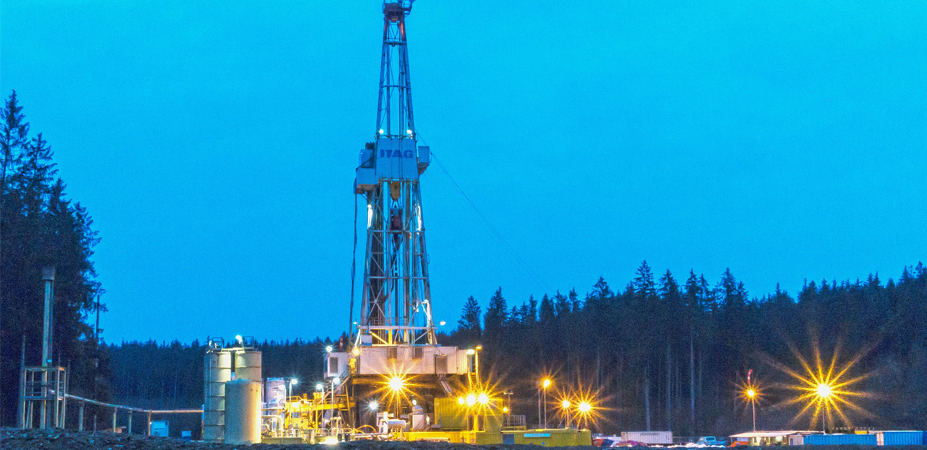
Geothermal energy doesn’t quite have the glamor of wind, solar, or biomass and thus receives little media or popular interest. Even so, the resource has a number of advantages, including the reliability of base load power, low operating costs, and virtually no greenhouse gas emissions. More importantly, geothermal energy is immensely promising if new technologies can be developed, demonstrated, and deployed widely. For example, drilling to depths beyond 3,000 meters — the limit of conventional hydrothermal technology which accounts for all of the ~11 gigawatts (GW) of geothermal capacity globally — and creating hot, “engineered” reservoirs could lead to as much as 100 GW of capacity over the next few decades, according to an MIT study released several years ago.
ADI Analytics brings extensive technical, market, and economic expertise in geothermal energy through its work for the U.S. Department of Energy. Among other accomplishments, our work so far has explored the cost structure of EGS, evaluated the impact of new technology, and benchmarked innovation and policy needs through sophisticated patent analytics. Further, we have identified and analyzed cost impacts of key risks, which, however, can be best understood through pilot or demonstration projects.
A number of start-ups and companies have been piloting and demonstrating core elements of EGS technology in the past few years. For example, Potter Drilling has recently completed a series of field tests of its spallation drilling technology. Ormat Technologies, AltaRock Energy, and Calpine are all piloting different reservoir stimulation techniques. Finally, companies such as GeoTek Energy, GE, Baker Hughes, and Schlumberger are developing tools and equipment to improve asset performance, operations at high-temperatures, and heat transfer and power plant efficiencies. At a recent meeting organized by the U.S. Department of Energy, these and several others provided updates highlighting how new energy technology development is difficult, slow, and often seemingly incremental and yet promising given how much progress has been made.



















